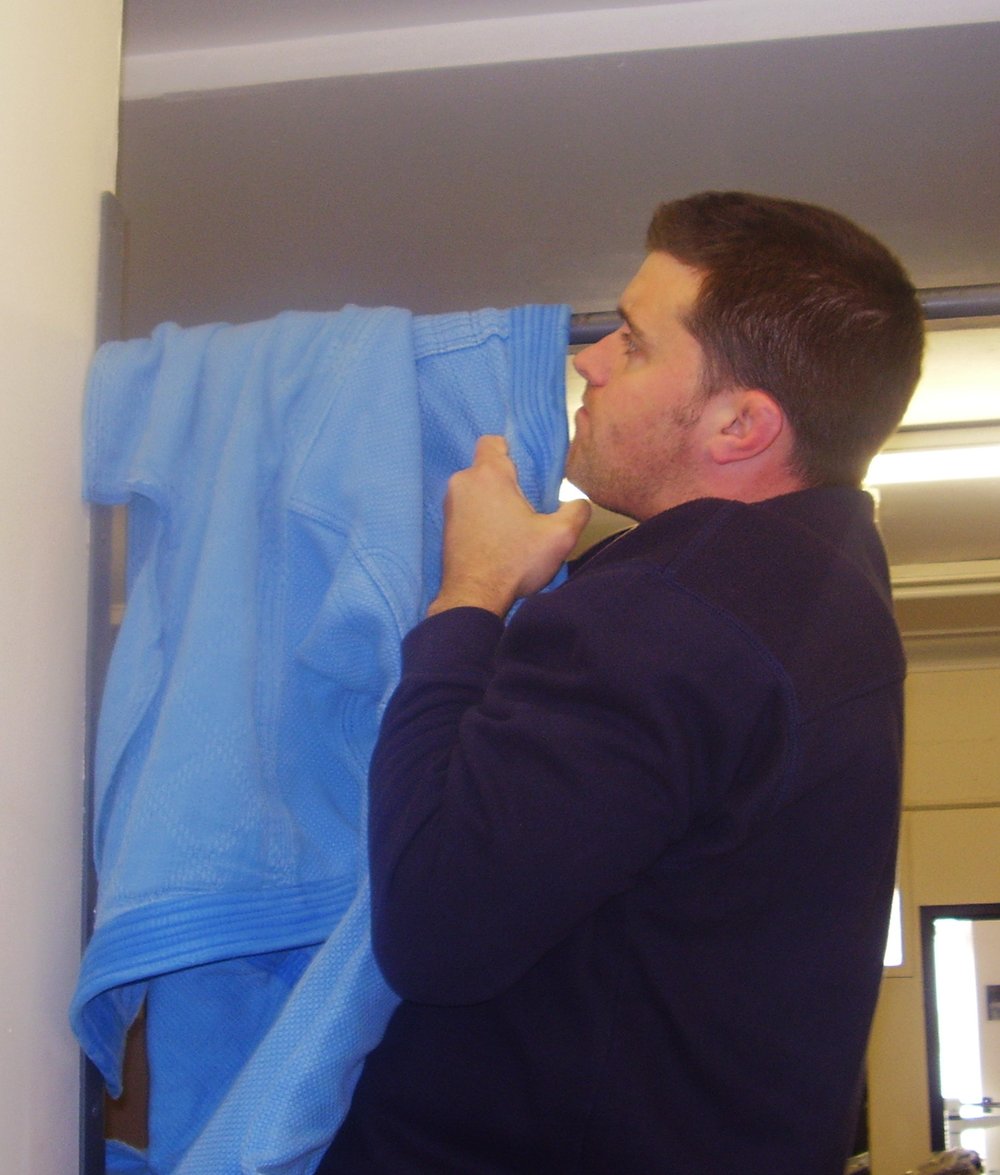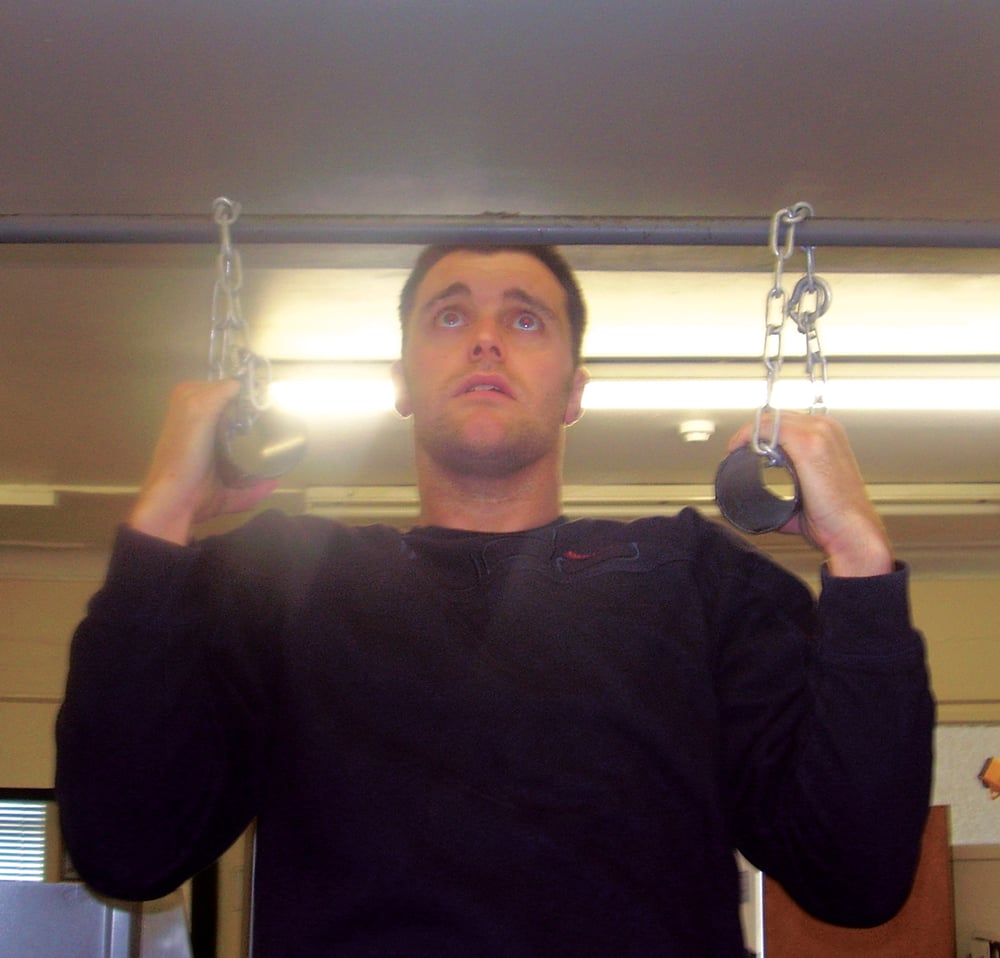
Issue 028
November -0001
Pull-ups or chin-ups, call them what you will, are a great exercise. Sadly, they are also one of the most neglected exercises. Most of a gyms’ squat racks or pull-up bars are used to hang towels on instead of performing these monster-making movements.
In mixed martial arts (MMA) terms, a powerful clinch is essential, and a strong back will help you in this venture. You’ll add much more power to your strikes and your takedowns too. These functional movements and all their variations are essential to anyone, but particularly to fighters who need a strong back to handle the stresses and strains of a very dynamic sport.
Which muscles?
The latissimus dorsi or ‘lats’, and the trapezius or ‘traps’. The biceps get a fair old hammering as does the gripping muscles of the lower arms. Again, you don’t need me to point out the relevance to grappling and MMA here. The lats are shoulder joint muscles and pull your arms back from a position above your head, whereas the traps act on your shoulder blades to pull them back together.
Functional?
Hell yeah! Modern society has evolved into a state of couch potatoism! Unless your vocation involves physical work chances are you won’t be utilising your pulling muscles as much as you should. Sitting at computer terminals, driving, over-working the ‘mirror muscles’ all have a detrimental effect on the body’s posterior chain.
If you slouch over a desk all day, ‘three sets of ten’ lat pulldowns at your local health spa won’t reverse the damage. It might be a start, but you’ve still got a long way to go. Stuart McGill showed in one of his extensive back-health studies that time-served fire fighters were able to push and pull with minimum stress to their lower backs. This was concluded to be due to their job involving a great deal of physical action from the upper body – it stands to reason that your body will be able to handle greater stress, if you incorporate this movement into your routine.
Grappling relies heavily on pulling-type movements in order to control the opposition; it is quite rare to see an active push, but very common to see all types of pulling movements involved in grappling and wrestling.
How is it done?
The key to the pull-up or chin-up is an active movement initiated by your shoulder blades. They must pull down and together. The lats engage with some help from the rear deltoids. The biceps and forearms kick in last by bending the elbows so you can get your chin over the bar.
Pull-ups or pull-downs?
Both are valuable, but you know my take on this – if you can do pull-ups and chins, then you should be doing them. These are full-body exercises and give your core a beasting too, whereas a pulldown, in comparison, works the lats but gives your lower body a rest. If you want value for money, then that money has to be on the full body movement.
Pull-ups or chin-ups?
Use both! In the photos for this I’ve detailed a pull-up, chin-up, Gi pull-up and a thick handle pull. This list is by no means exhaustive. Use all of the variations here and some you can think of yourself. The variations in grip from a gi to three-inch drainpipe will tax your grip in all sorts of ways. Working the angles is very important in combat sports; your pulling and gripping should be no different. Have a try at these variations even if you’re not a gi grappler, strong hands will not be far away!
Barry Gibson is a judo coach and strength and conditioning expert specialising in kettlebells and alternative methods for achieving peak performance.




...










